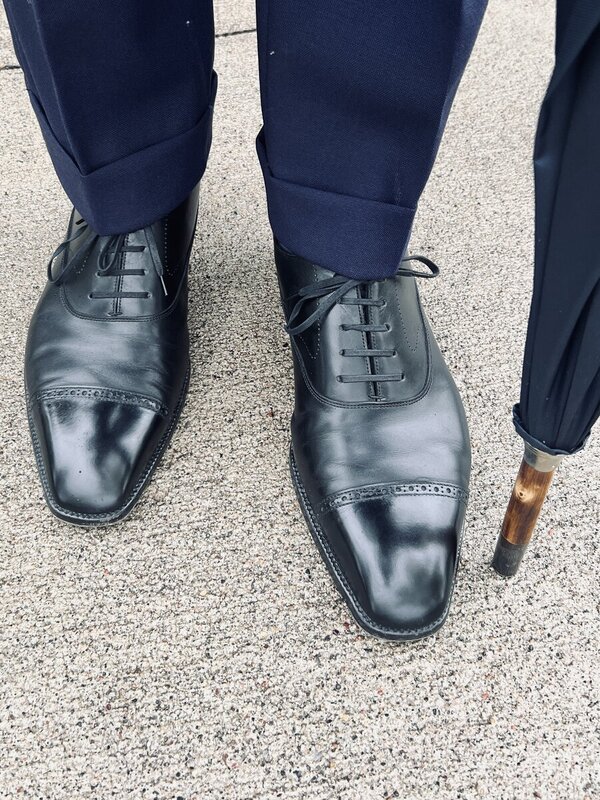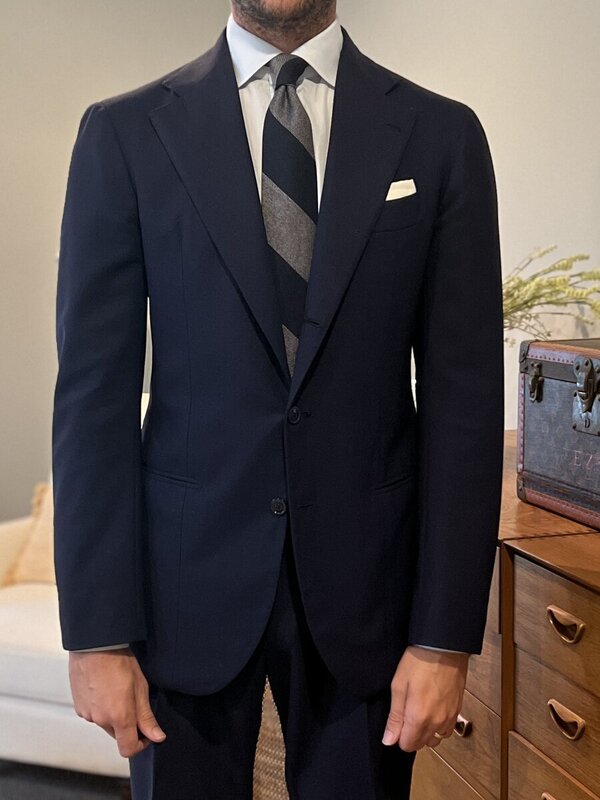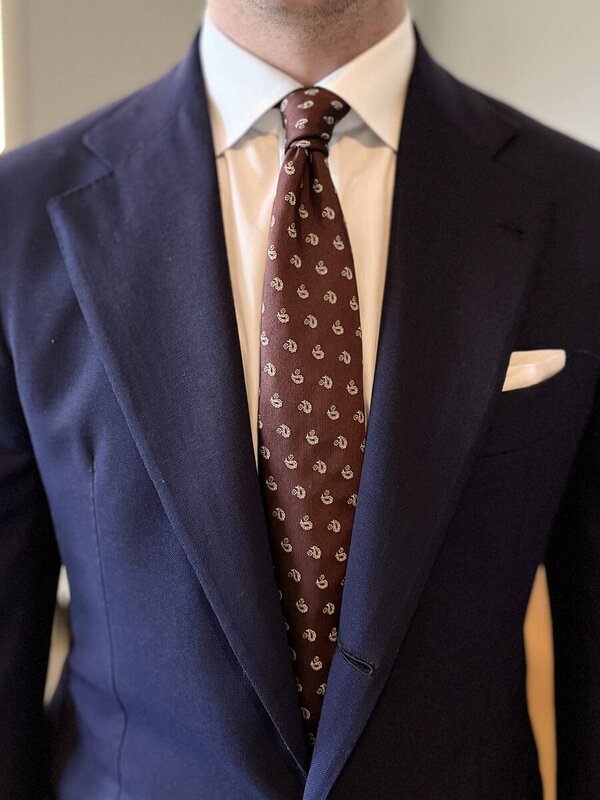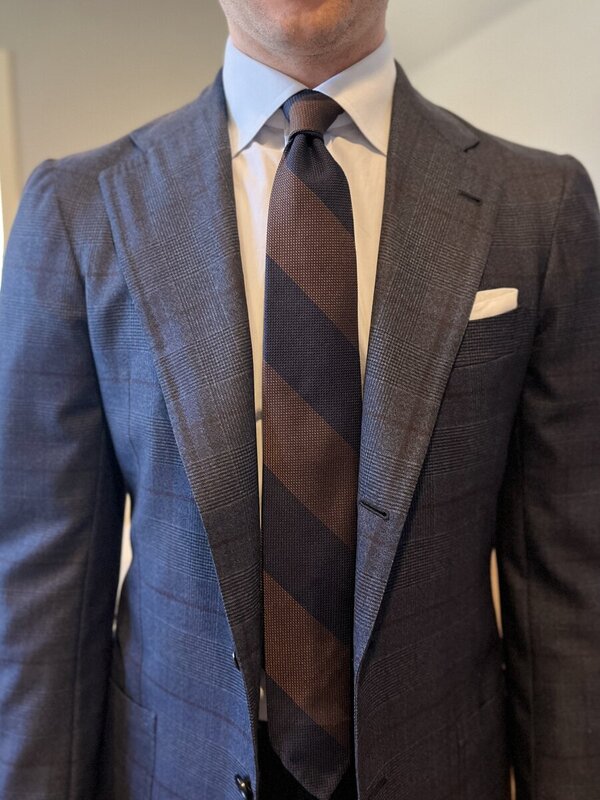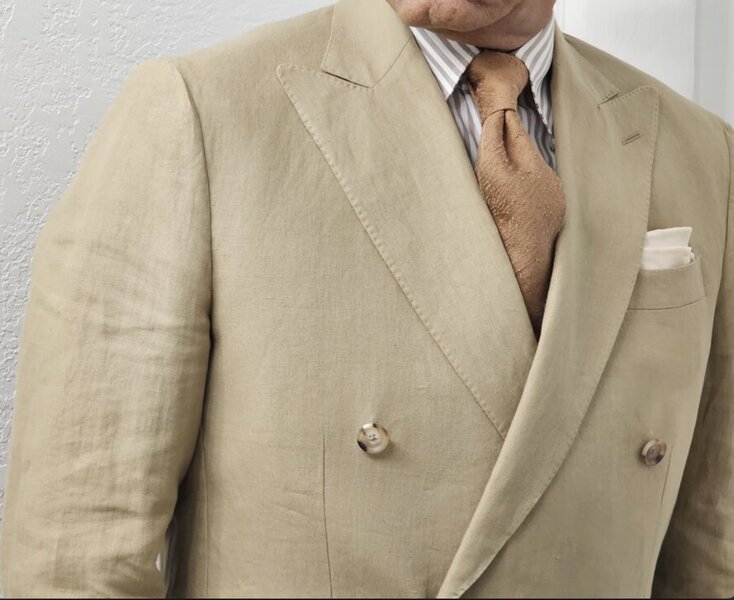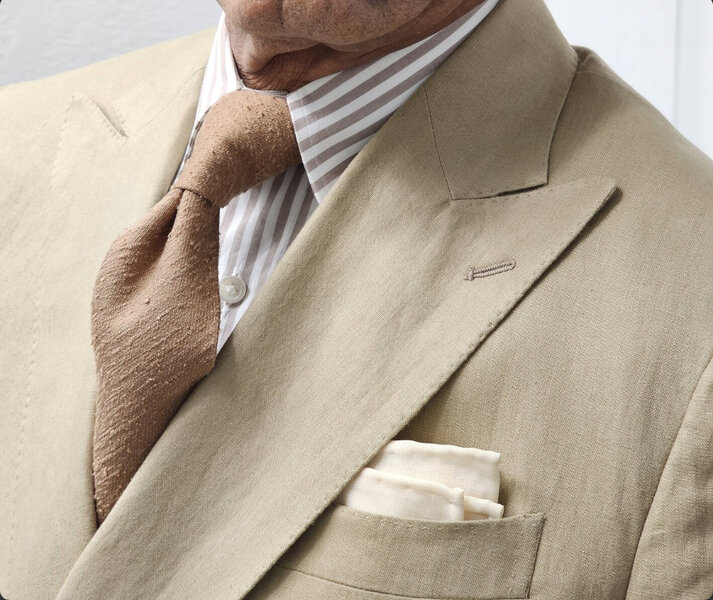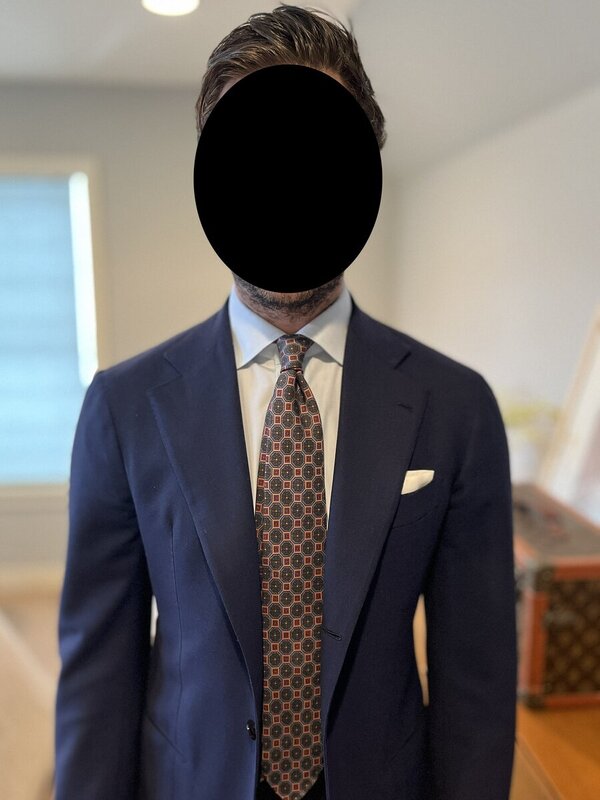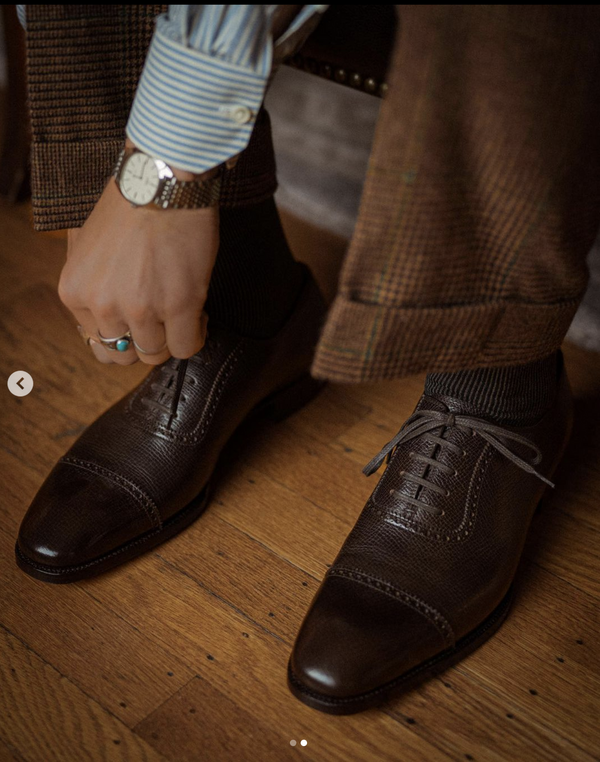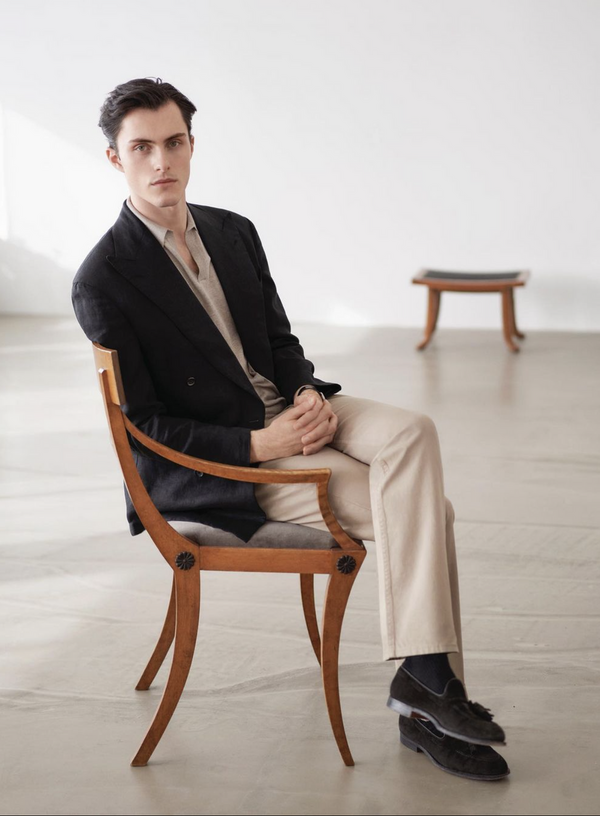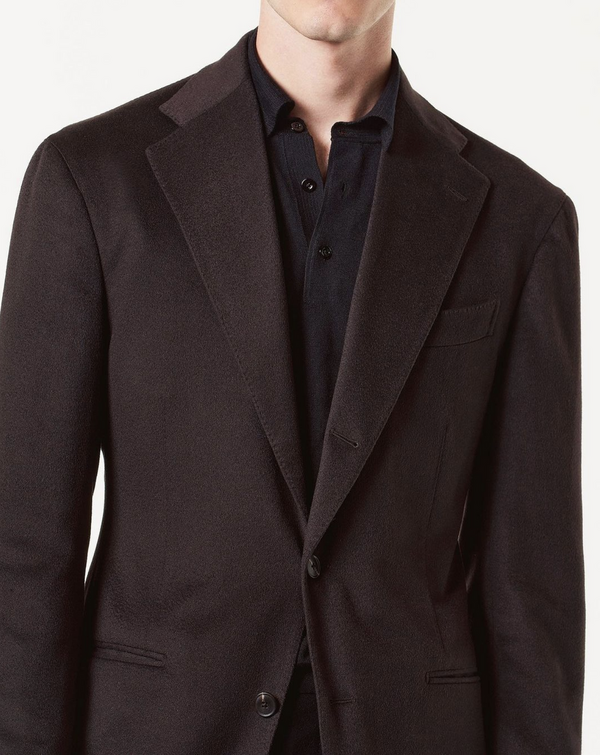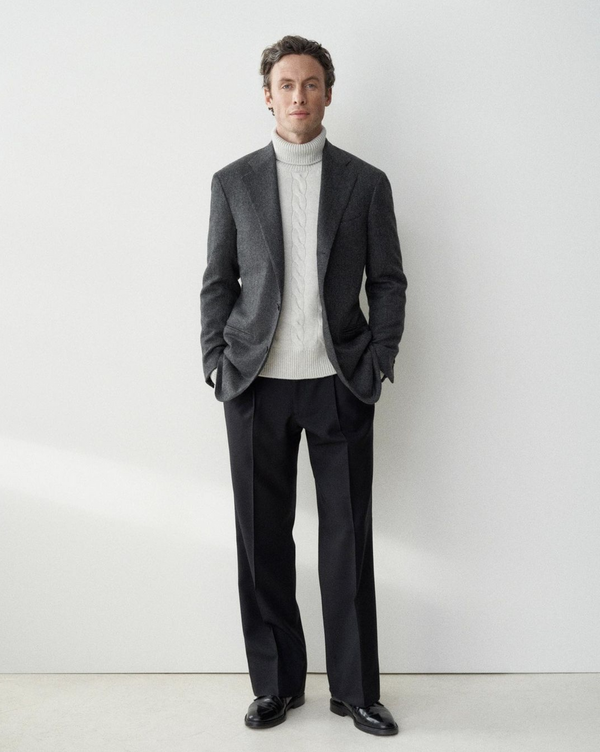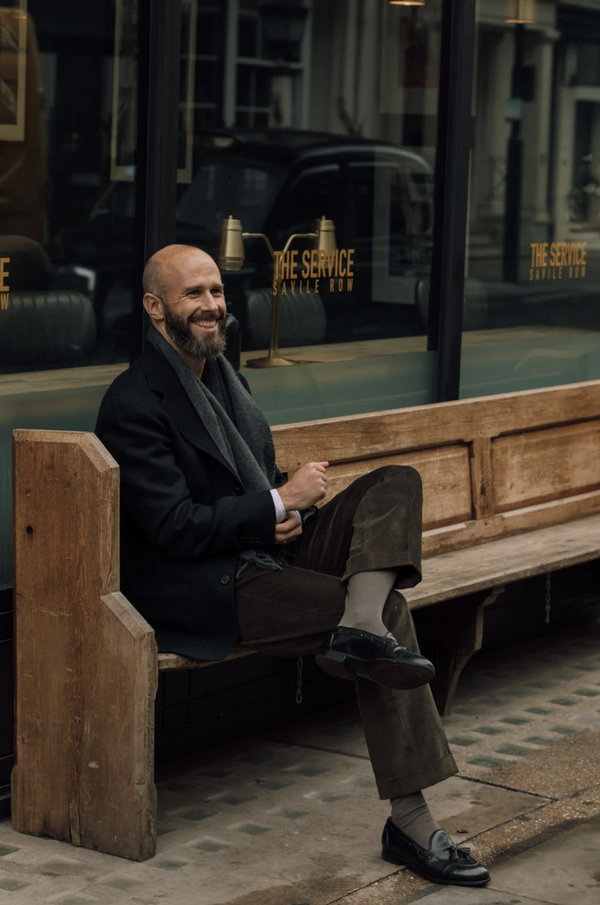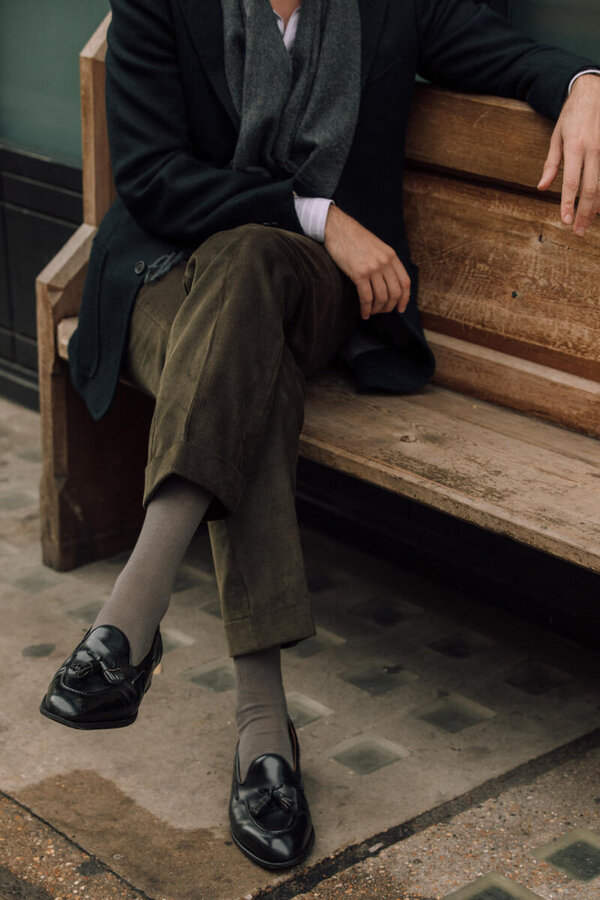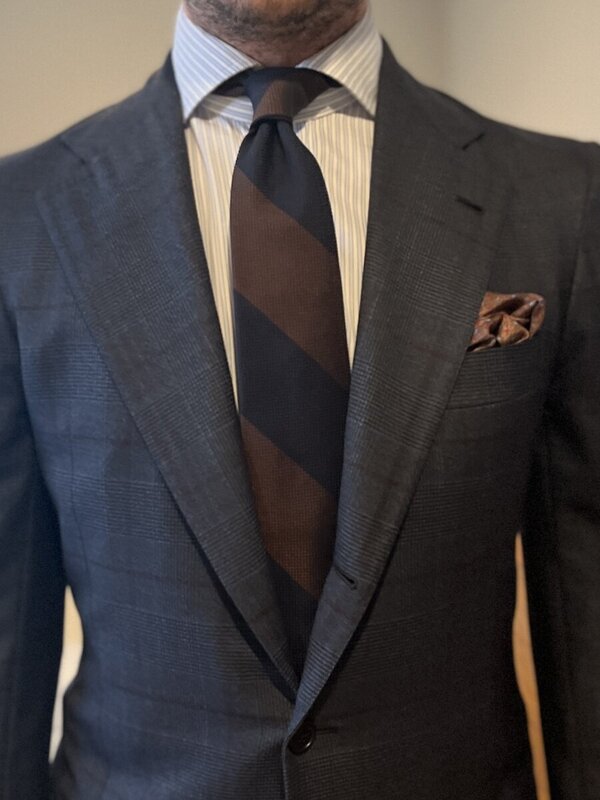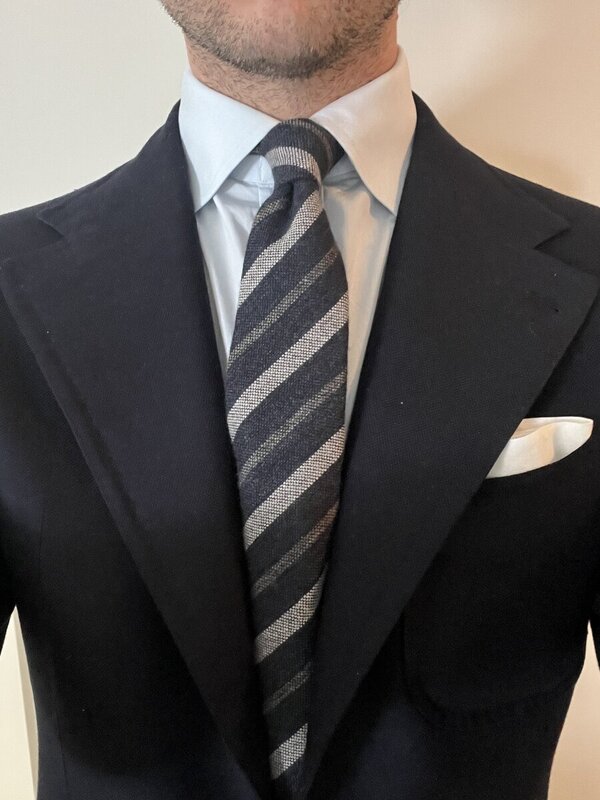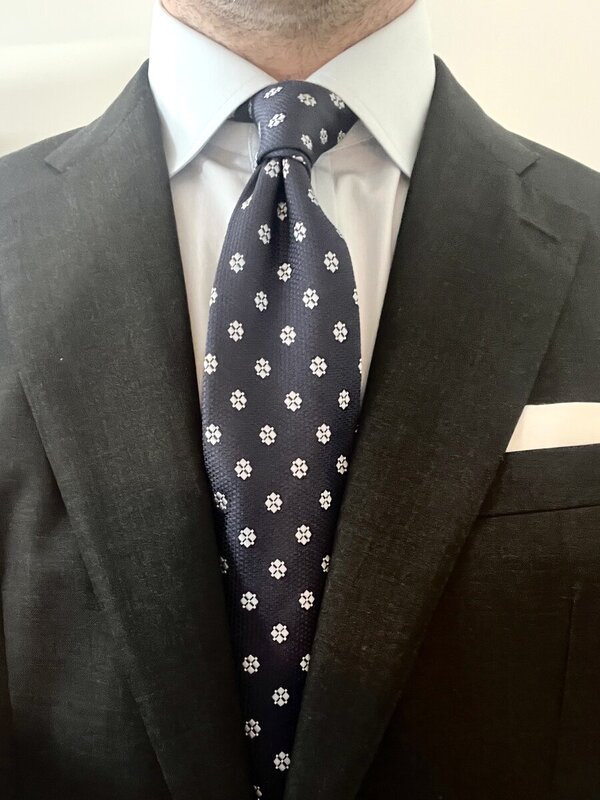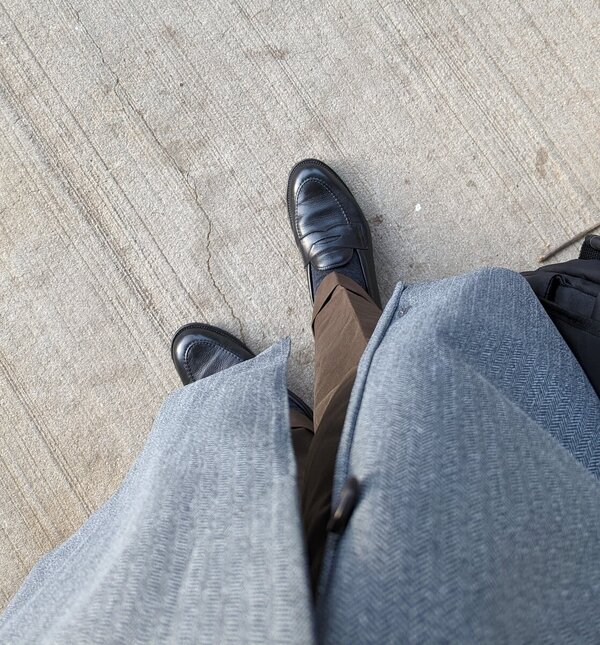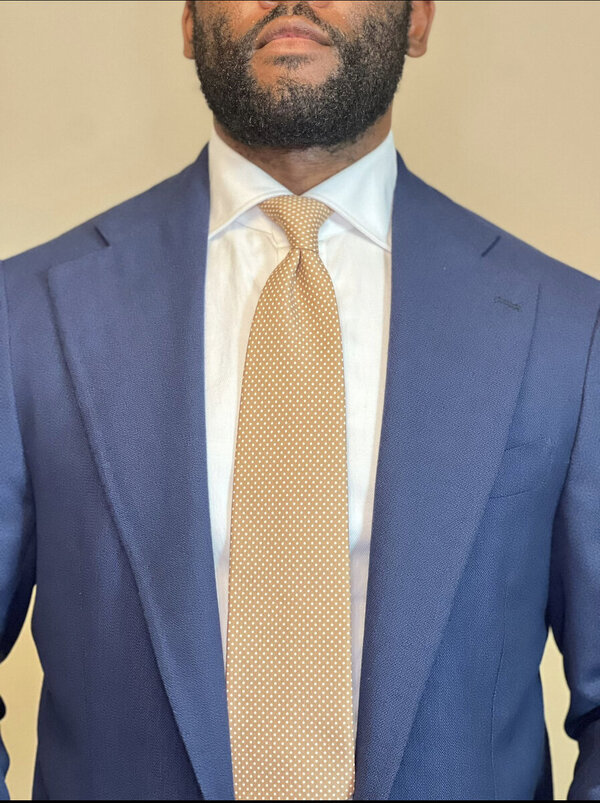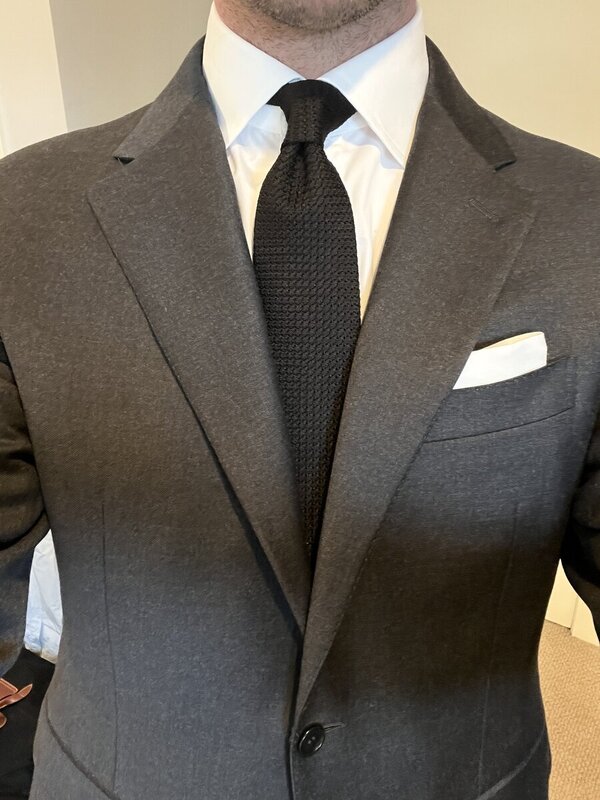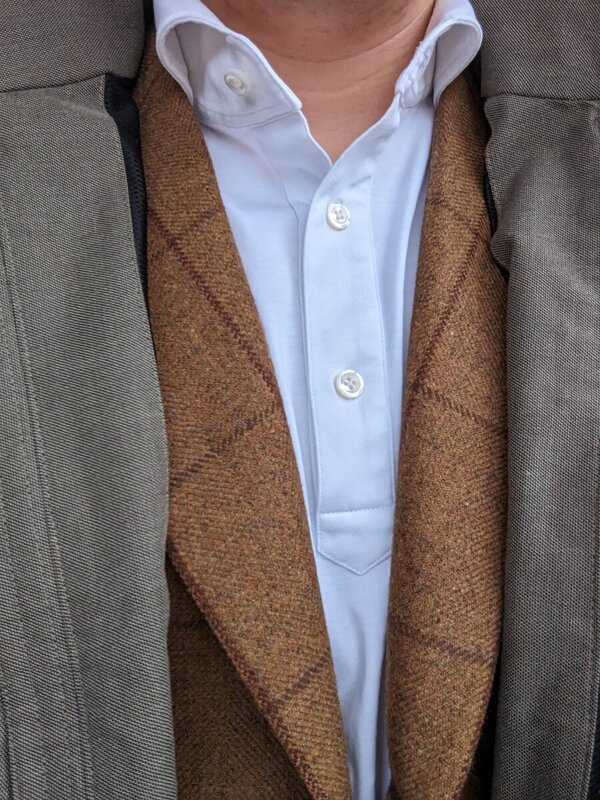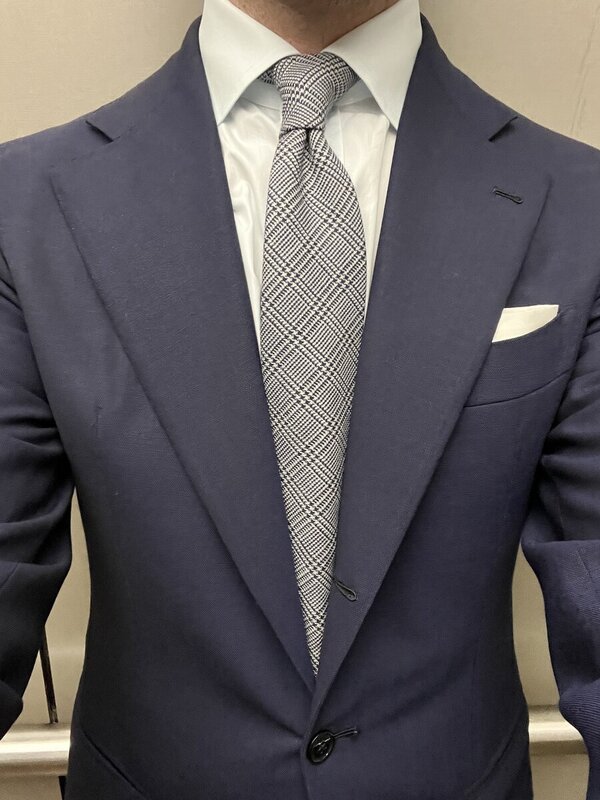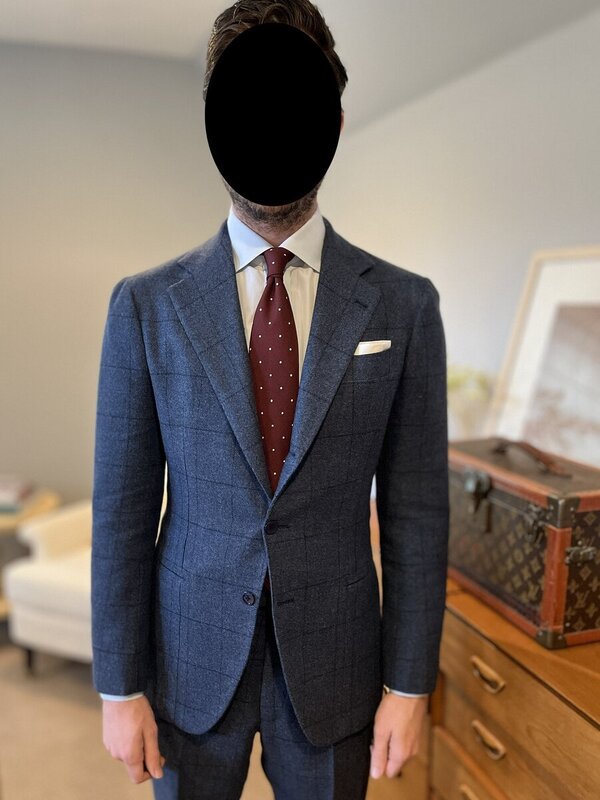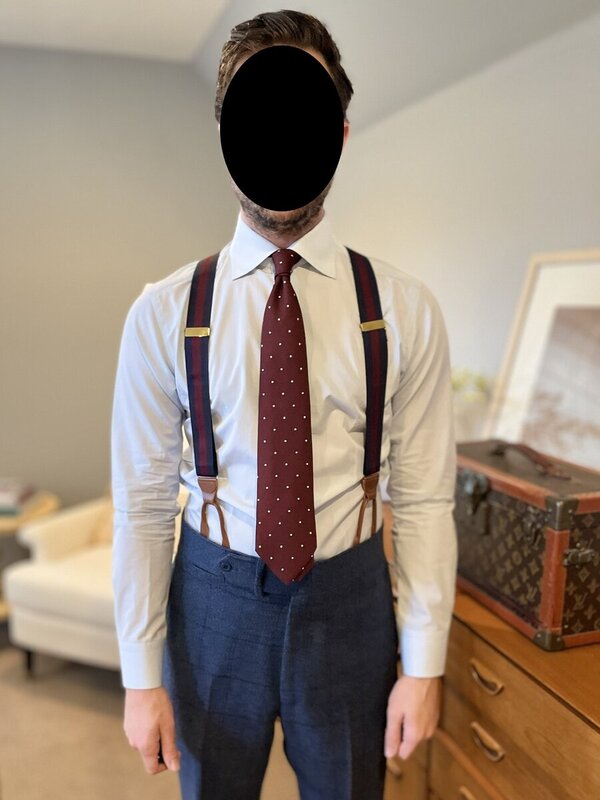Carpalia
Member
- Joined
- Jan 26, 2013
- Messages
- 6
- Reaction score
- 0
http://www.askandyaboutclothes.com/forum/showthread.php?120934-Harris-Tweed-at-WalmartYou're the one who said examples could be found at those websites, you dimwit. You didn't specify that a time machine was necessary to successfully execute the query.
Look for Harris tweed jackets at Brooks and Hickey. You are almost sure not to find them--certainly not reliably. Yes, I've looked in the past. J. Press always has them, but they are hardly reflective of mainstream retail. Ralph Lauren I am not familiar with.
You missed the point I was making to Doc, which was simply that the rarity of an item in RTW says nothing about its status as a classic staple. Medium and light grey woolen flannel suits are remarkably difficult to find at retail, even though that are surely classic as classic gets.
If J Press always has them..and if J Press is RTW....then you are wrong. End of debate in that case.



